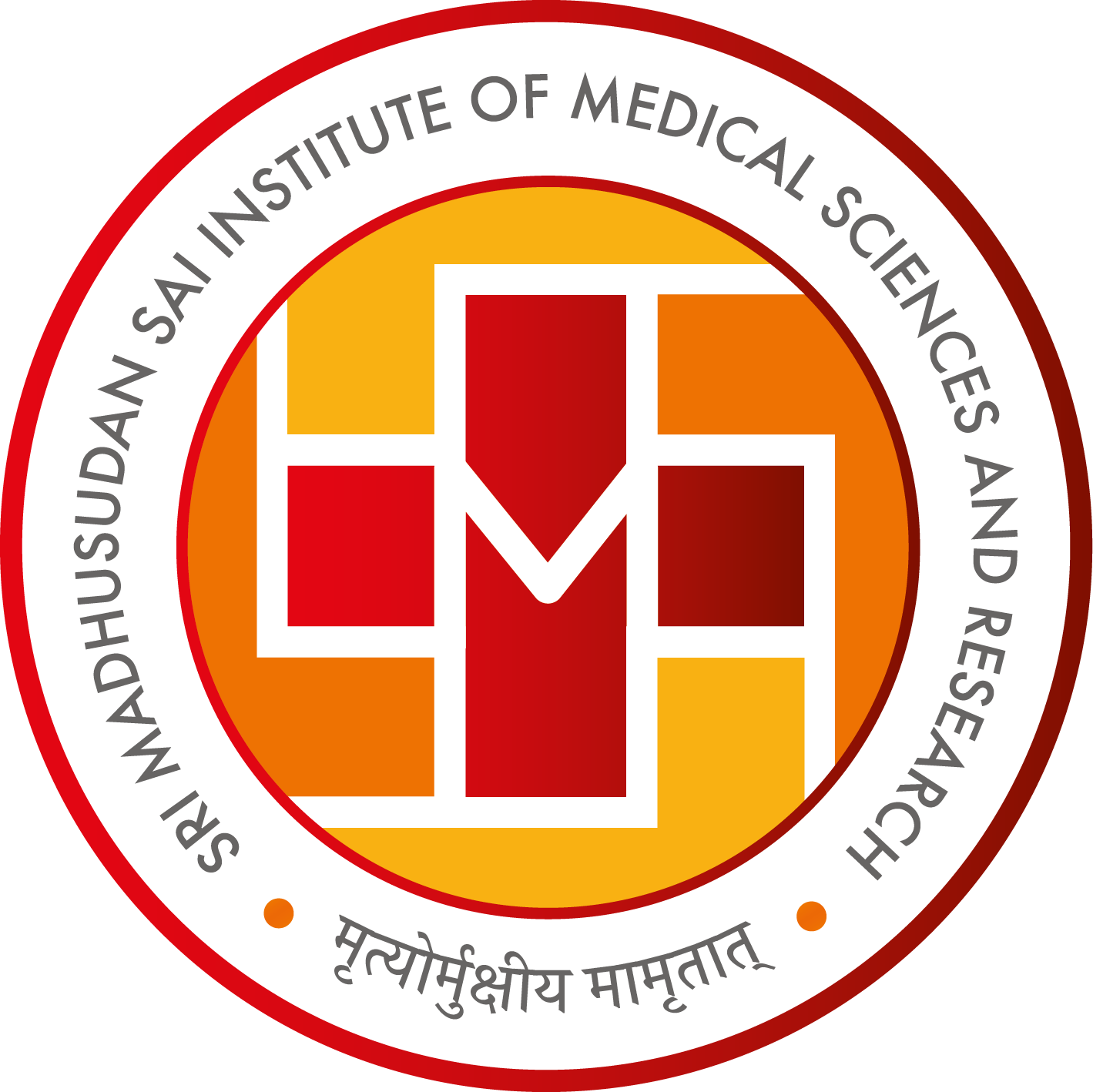SSSP project is distinguished by its innovative approach to advancing girls' and women's education through the development and application of gender-specific knowledge, tools, and products. By leveraging a combination of thematic focus areas, methodologies, channels, and tailored interventions, the project has succeeded in addressing the unique needs and challenges faced by women and girls.
Innovative Themes:
The SSSP adopts a multidimensional approach to women's empowerment, encompassing a wide range of thematic areas that address the intersecting challenges faced by women and girls. These innovative themes include:
1. Holistic Empowerment:
Rather than focusing solely on one aspect of empowerment, such as economic or political empowerment, the SSSP adopts a holistic approach that encompasses multiple dimensions of empowerment, including education, health, economic security, and social participation. By addressing these interconnected dimensions, the project seeks to empower women in a comprehensive and sustainable manner.
2. Transformative Leadership:
The SSSP emphasizes the importance of transformative leadership in advancing women's rights and gender equality. Through leadership development programs, mentorship initiatives, and capacity-building workshops, the project nurtures a new generation of women leaders who are equipped to challenge patriarchal norms, advocate for change, and drive social transformation in their communities and beyond.
Innovative Methods:
The SSSP employs a variety of innovative methods and strategies to advance girls' and women's education and empowerment. These methods are tailored to the specific needs and contexts of the target population, and include:
1. Participatory Learning:
Rather than relying solely on traditional teaching methods, the SSSP promotes participatory and experiential learning approaches that actively engage women and girls in the learning process. Through group discussions, role-playing exercises, and interactive activities, participants are encouraged to share their experiences, perspectives, and knowledge, thereby fostering a collaborative and empowering learning environment.
2. Technology Integration:
Recognizing the transformative potential of technology in expanding access to education and information, the SSSP integrates technology into its educational programs and interventions. From e-learning platforms and mobile apps to virtual classrooms and online mentoring networks, technology is used to overcome geographical barriers, reach remote communities, and provide personalized learning opportunities for women and girls.
3. Peer Education:
Peer education is a key component of the SSSP's approach to women's empowerment, as it harnesses the power of peer networks to disseminate knowledge, build skills, and foster social support among women and girls. Through peer-led workshops, mentorship programs, and peer-to-peer counselling sessions, participants learn from and support each other, creating a sense of solidarity and collective empowerment.
Innovative Channels:
The SSSP utilizes a variety of innovative channels and platforms to disseminate gender-specific knowledge, tools, and products, reaching women and girls where they are and engaging them in meaningful ways. These channels include:
1. Community-Based Organizations:
The SSSP partners with community-based organizations (CBOs), women's groups, and grassroots movements to reach marginalized women and girls in rural and remote areas. By leveraging existing community networks and resources, the project is able to tailor its interventions to the specific needs and priorities of local communities, ensuring relevance and effectiveness.
2. Digital Platforms:
Digital platforms such as websites, social media channels, and mobile apps are used to disseminate educational resources, training materials, and information about women's rights and empowerment. These platforms provide women and girls with access to relevant content, tools, and support services, regardless of their geographical location or socio-economic status.
Gender-Specific Knowledge and Tools:
One of the hallmarks of the SSSP is its focus on generating gender-specific knowledge, tools, and products that are tailored to the unique needs and experiences of women and girls. These include:
1. Gender-sensitive Curriculum:
The SSSP develops and implements gender-sensitive curriculum materials and educational resources that reflect the diverse experiences and perspectives of women and girls. By incorporating gender analysis into teaching materials, lesson plans, and assessment tools, the project promotes critical thinking about gender roles and relations, challenging stereotypes, and biases.
2. Empowerment Toolkits:
The SSSP produces empowerment toolkits and training manuals that provide women and girls with practical skills, resources, and information to navigate their educational and life paths. These toolkits cover a range of topics, including leadership development, financial literacy, reproductive health, and legal rights, empowering women to make informed decisions and advocate for their rights.
3. Monitoring and Evaluation Frameworks:
The SSSP develops gender-sensitive monitoring and evaluation frameworks to assess the impact of its interventions on women's empowerment outcomes. By collecting sex-disaggregated data, tracking progress towards gender equality indicators, and soliciting feedback from women and girls, the project ensures accountability and transparency in its programming, while continuously learning and adapting to evolving needs and priorities.
Conclusion:
Thus, SSSP project is innovative in its thematic focus areas, methodologies, channels used, and the generation of gender-specific knowledge, tools, and products to advance girls' and women's education and empowerment. By adopting a holistic approach to women's empowerment, leveraging technology and community partnerships, and producing gender-sensitive resources, the project is at the forefront of efforts to promote gender equality and transform the lives of women and girls around the world. As the project continues to evolve and expand its reach, it serves as a model for effective and sustainable approaches to women's empowerment in diverse cultural contexts.





